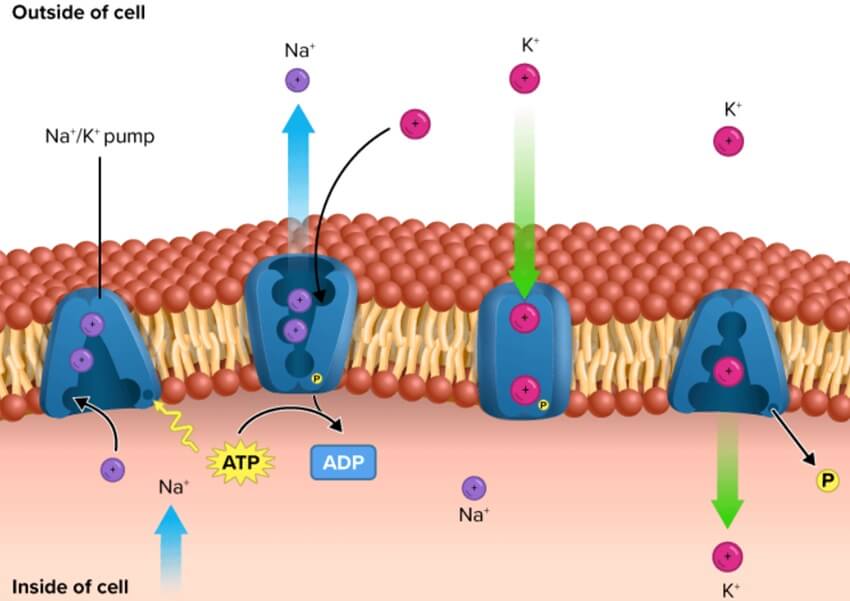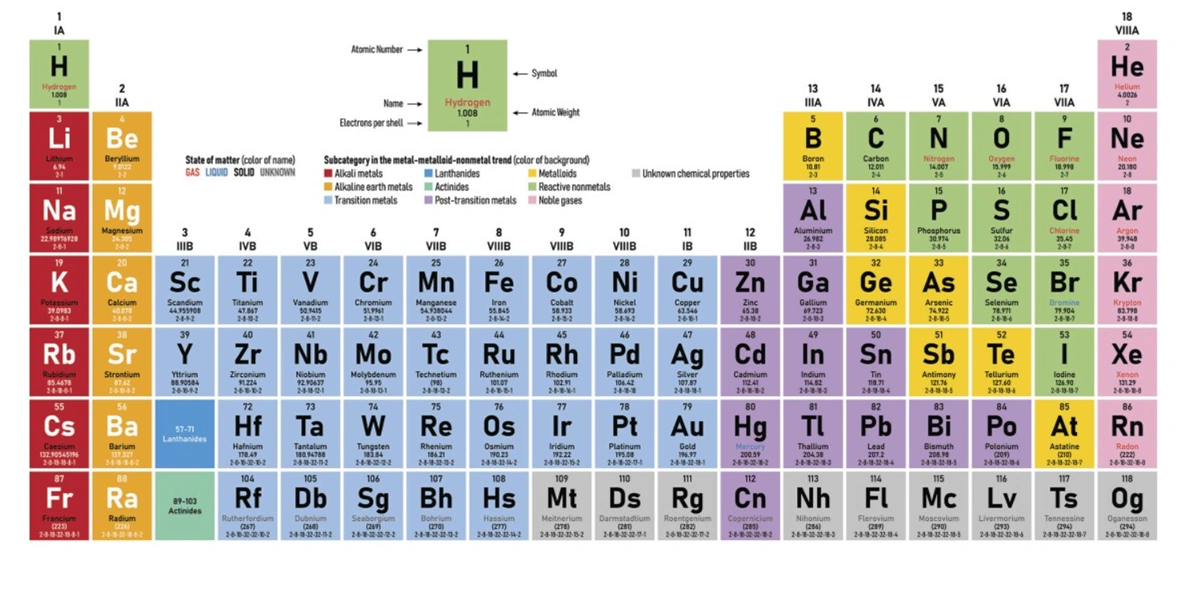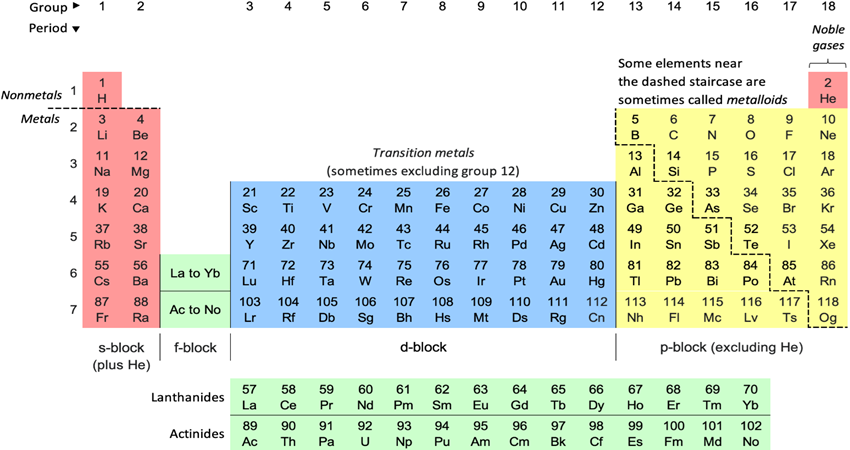Sodium-potassium pumps, also known as Na+/K+-ATPases, are integral membrane proteins responsible for maintaining the electrochemical gradient across cell membranes. This gradient is vital for numerous cellular functions, including nerve signal transmission, muscle contraction, and nutrient uptake.
Structure of Sodium-Potassium Pumps
At the structural level, sodium-potassium pumps consist of several subunits, including alpha and beta subunits. The alpha subunit contains the ATP binding site and the ion-binding sites, while the beta subunit helps stabilize the pump’s structure and regulate its activity.
Mechanism of Action
The functioning of sodium-potassium pumps relies on a series of conformational changes driven by the hydrolysis of ATP. Initially, the pump binds three sodium ions from the cytoplasm, leading to the phosphorylation of the alpha subunit. This phosphorylation induces a conformational change, causing the pump to release the sodium ions outside the cell. Subsequently, the pump binds two potassium ions from the extracellular space, triggering the dephosphorylation of the alpha subunit and returning the pump to its original conformation.
Energy Consumption
The operation of sodium-potassium pumps consumes a significant amount of energy in the form of ATP hydrolysis. This energy expenditure is necessary to maintain the concentration gradients of sodium and potassium ions across the cell membrane.
Sodium-potassium pump play a crucial role in various cellular functions. They help regulate cell volume by controlling the movement of ions and water across the membrane. Additionally, these pumps establish and maintain the resting membrane potential, which is essential for generating action potentials in excitable cells such as neurons and muscle cells.
Regulation of Sodium-Potassium Pumps
The activity of sodium-potassium pump can be regulated by various factors, including hormones such as insulin and adrenaline. Additionally, feedback mechanisms involving changes in intracellular ion concentrations can modulate pump activity to maintain cellular homeostasis.
Clinical Relevance
Dysfunction of sodium-potassium pump is associated with several medical conditions, including hypertension, heart failure, and neurological disorders. Pharmaceutical interventions targeting these pumps aim to restore ion homeostasis and alleviate symptoms associated with pump malfunction.
Evolutionary Significance
The presence of sodium-potassium pump is conserved across all domains of life, indicating their evolutionary significance. These pumps likely evolved early in cellular evolution and conferred adaptive advantages by enabling cells to maintain ion gradients necessary for survival.
| Read More Topics |
| Introduction of electrochemistry |
| Types of softening of water processes |
| Requirement of boiler feed water |






